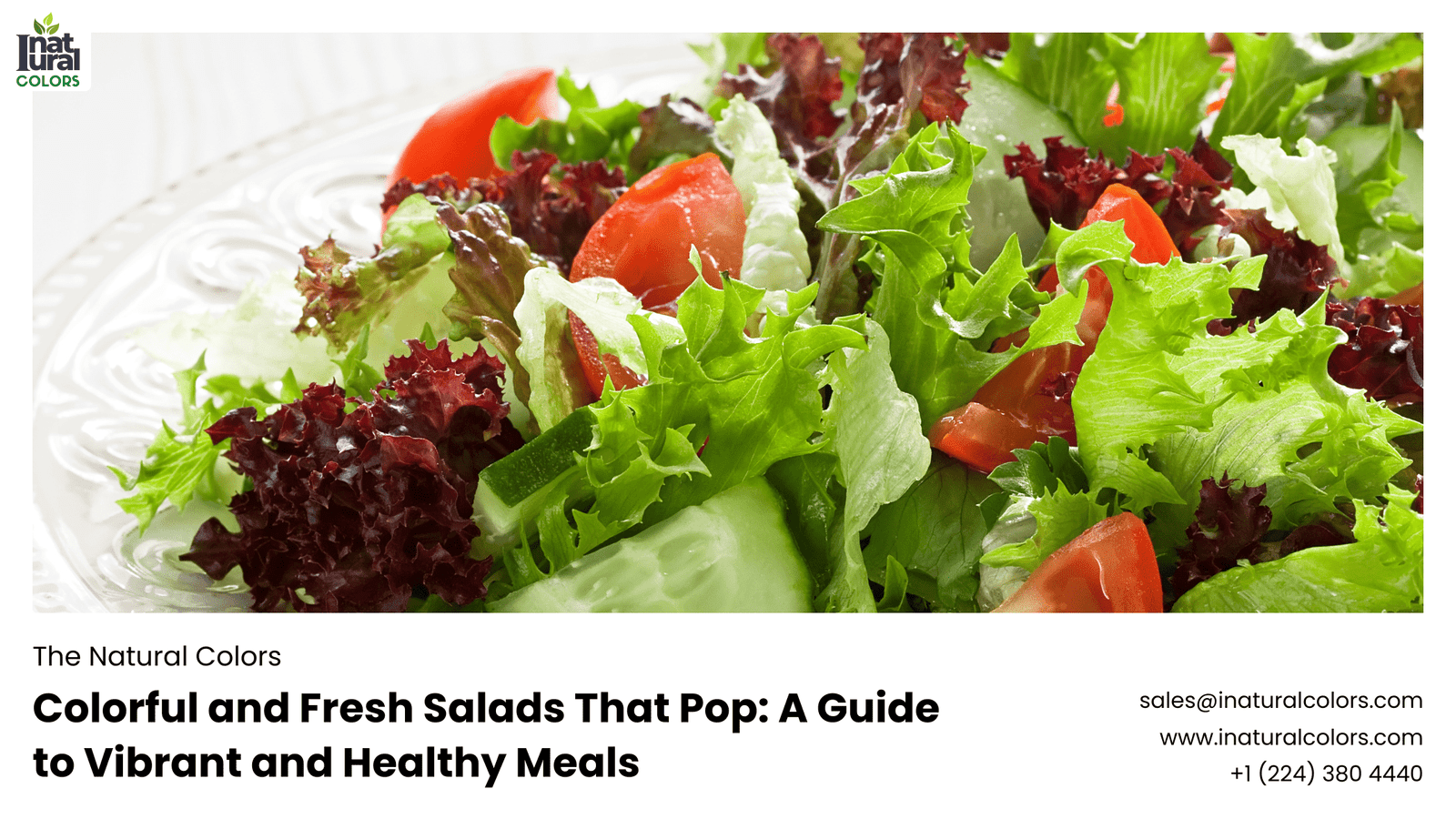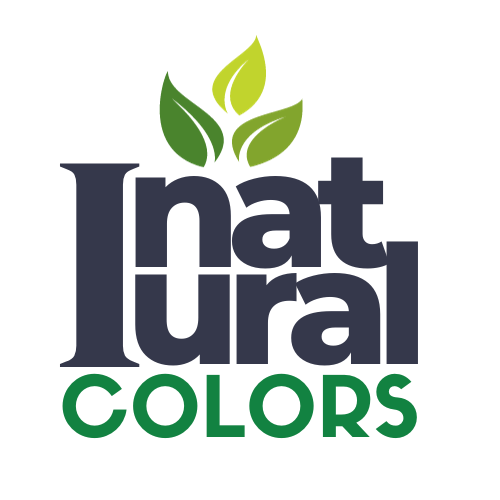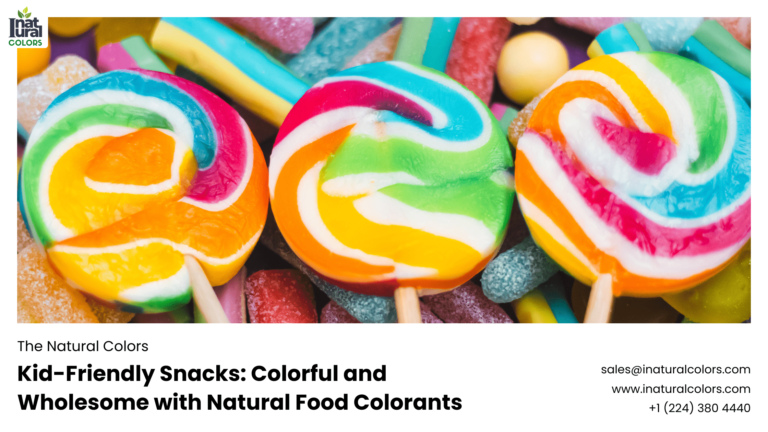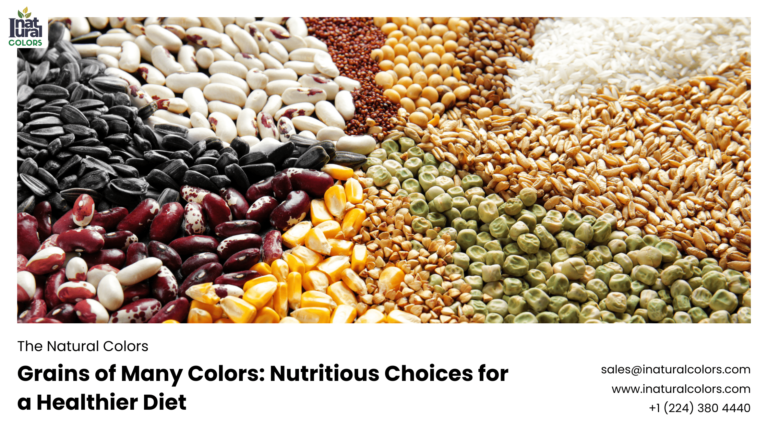Beautiful Plants For Your Interior

Salads That Pop: Colorful and Fresh
Salads don’t have to be boring! If you’re looking to add some pizzazz to your meals, colorful and fresh salads are the way to go. They’re not only visually appealing but also packed with nutrients and flavors. So, let’s dive into the vibrant world of salads that pop!
The Basics of Building a Colorful Salad
Choosing the Right Greens
Leafy Varieties
The foundation of any great salad starts with the greens. You can go with the classics like romaine or iceberg lettuce, or mix it up with kale, arugula, and spinach. Each type of green brings its own unique texture and flavor to the table.
Nutritional Benefits
Leafy greens are nutritional powerhouses. They’re low in calories and high in vitamins A, C, and K. Plus, they offer fiber which is great for digestion.
Adding a Rainbow of Vegetables
Red and Purple Veggies
Think tomatoes, red peppers, radishes, and beets. These veggies not only add a splash of color but are also rich in antioxidants which help fight off diseases.
Orange and Yellow Veggies
Carrots, bell peppers, and sweet corn bring vibrant hues and are high in vitamins A and C. These veggies can add a sweet crunch to your salad.
Green Veggies
Cucumbers, peas, and broccoli add a refreshing element. They’re full of essential nutrients like vitamin K and folate.
White and Brown Veggies
Don’t forget mushrooms, cauliflower, and onions. They might not be as colorful, but they add depth and flavor.
Incorporating Fruits for Extra Pop
Citrus Fruits
Oranges, grapefruit, and mandarins add a juicy burst of flavor. They are high in vitamin C and can help brighten up the overall taste.
Berries
Strawberries, blueberries, and raspberries bring sweetness and a pop of color. They’re also full of antioxidants.
Tropical Fruits
Mango, pineapple, and kiwi can add an exotic twist to your salad. These fruits are not only colorful but also rich in vitamins and minerals.
Protein Power
Plant-Based Proteins
Chickpeas, beans, and tofu are excellent sources of protein for vegetarians and vegans. They make your salad more filling and add a variety of textures.
Animal-Based Proteins
Chicken, fish, and eggs can make your salad a complete meal. They provide essential amino acids and keep you full longer.
Enhancing Flavor and Texture
Crunchy Elements
Nuts and Seeds
Almonds, walnuts, sunflower seeds, and chia seeds add crunch and a dose of healthy fats. They also provide protein and fiber.
Crispy Vegetables
Bell peppers, snap peas, and jicama can add that satisfying crunch. They’re low in calories and high in vitamins and minerals.
Creamy Additions
Cheeses
Feta, goat cheese, and blue cheese can add a creamy texture and tangy flavor. They also provide calcium and protein.
Avocado
Avocado is a creamy delight that’s rich in healthy fats. It’s also loaded with fiber, potassium, and vitamins.
Dressing It Up
Making Homemade Dressings
Vinaigrettes
A simple vinaigrette made with olive oil, vinegar, and herbs can bring your salad to life. It’s healthier and more flavorful than store-bought dressings.
Creamy Dressings
For a richer option, try making a creamy dressing with yogurt, tahini, or buttermilk. These can add a velvety texture to your salad.
Balancing Flavors
Sweet and Savory
A good salad dressing balances sweet and savory flavors. Adding a touch of honey or maple syrup can enhance the taste.
Tangy and Spicy
Don’t be afraid to add a bit of tang and spice. Lemon juice, mustard, and hot sauce can elevate your dressing to the next level.
Presentation Matters
Plating Techniques
Layering
Layering your ingredients can create a visually stunning salad. Start with the greens, add the veggies, fruits, and proteins, and top with crunchy elements and dressing.
Tossing
Tossing ensures every bite is flavorful. It helps the dressing coat all the ingredients evenly.
Garnishing
Herbs and Edible Flowers
Fresh herbs like cilantro, mint, and basil can add a burst of flavor. Edible flowers like nasturtiums and pansies can make your salad look gourmet.
Extra Sprinkles
Add a final touch with extra sprinkles of seeds, nuts, or cheese. It makes your salad look and taste even better.
Conclusion
Creating a colorful and fresh salad is all about mixing and matching different ingredients. Play around with various textures and flavors, and don’t be afraid to get creative. The next time you’re in the kitchen, try making a salad that truly pops!
FAQs
1. What are some quick tips for making salads more colorful? Add a variety of colorful vegetables and fruits. Think of it as painting a picture with food – the more colors, the better!
2. How can I make my salad more filling? Include proteins like chicken, tofu, or beans. Adding healthy fats like avocado or nuts can also make your salad more satisfying.
3. Are there any fruits that shouldn’t be added to salads? Some fruits like bananas and melons might not pair well with the other ingredients. It’s all about personal preference, so experiment to find what you like.
4. What’s the best way to store leftover salad? Keep the dressing separate and store your salad in an airtight container in the fridge. This prevents the greens from getting soggy.
5. How can I keep my salad greens fresh longer? Store them in a clean, dry container with a paper towel to absorb moisture. Keeping them dry is key to maintaining freshness.



